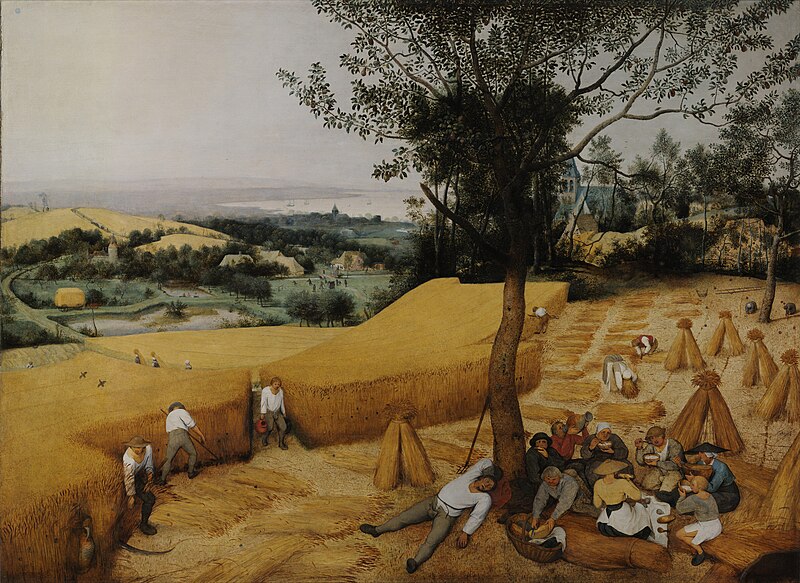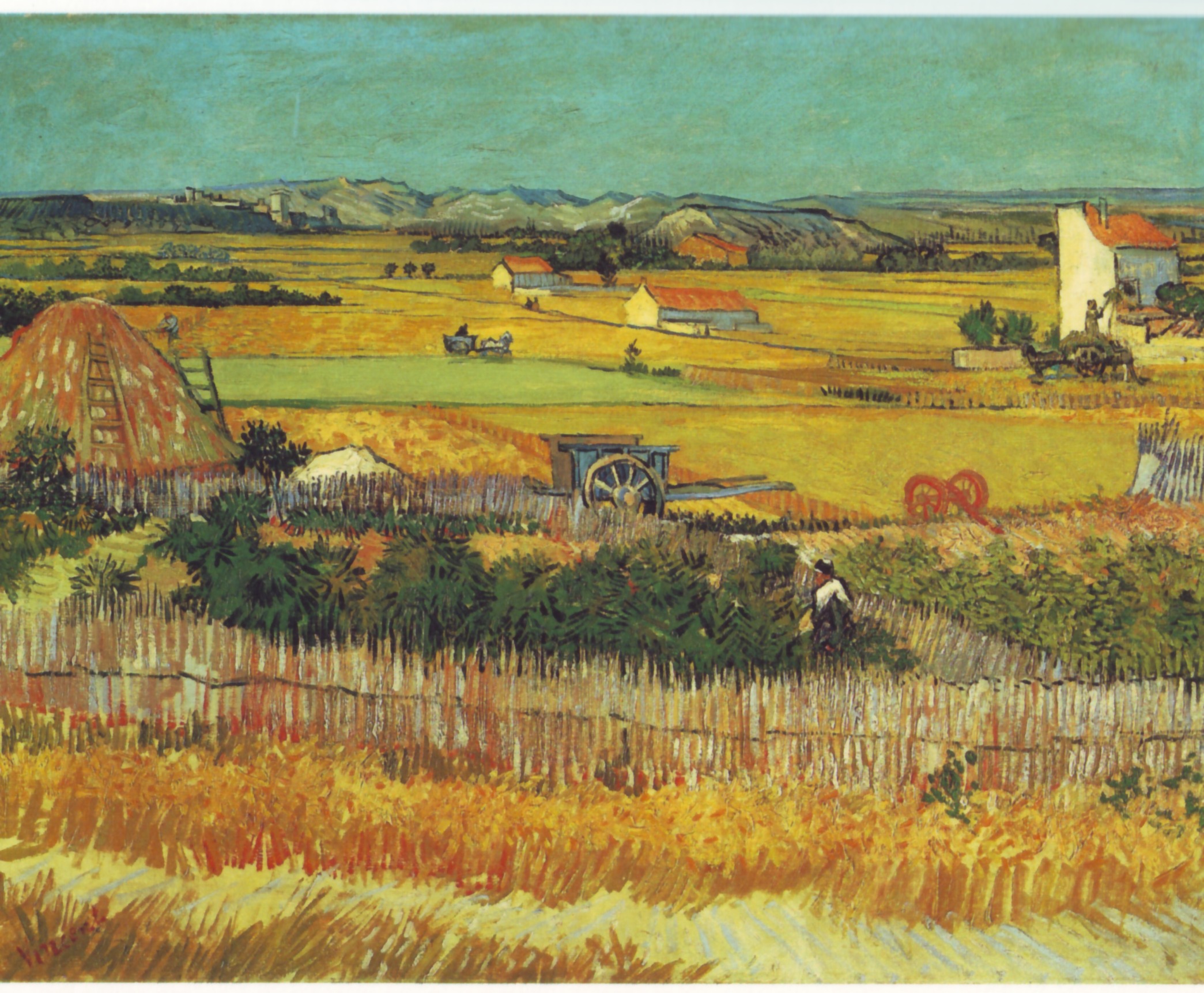 |
| Megunticook River at Camden, ME, 9X12, oil on canvas, by little ol’ me. |
Yesterday I intended to write about how I do field sketches, but distracted myself with raving about a most-excellent new student. Today, then, I get down to business. This is my method of producing a relatively-quick, finished field study with a minimum of “flailing around,” as my pal Brad Marshall so memorably termed it.
My first step is a value study. Whether I do this with charcoal, greyscale markers, or pencil is immaterial—if the value structure doesn’t work, the painting won’t work.
 |
| A value study can be done in charcoal, with greyscale markers, or in pencil. |
As I mentioned yesterday, I decided to decompress the center of the painting and omit a wall that encroached on the view from the left, and both—in the end—proved to be the lesser choices. I can’t call those highly-subjective decisions “wrong,” but I did change my mind halfway through.
 |
| The Megunticook River wending its way through Camden’s old buildings. Isn’t it beautiful? |
My next step was to draw the picture on my canvas. This is never simply a question of transferring my rough value sketch; nor is it a finished drawing into which I paint. What I do is a carefully-measured map of the future painting. I find this particularly useful when painting architecture, where measurement matters a great deal. I generally do this drawing with a watercolor pencil. I can erase to my heart’s content with water, but when I finally start painting in oil the drawing is locked into the bottom layer.
 |
| Not a transfer of my value study; not a “drawing” per se. A map for the finished painting. |
From there, I blocked in the big shapes, paying attention to preserving the values of my sketch, and working (generally) from dark to light. This is especially important if you plan to take more than a few hours to do a painting, because it allows you to paint through significant changes in lighting.
I say “big shapes,” but while I focus on these, I do not obliterate all the drawing I did earlier.
It was upon reaching this degree of blocking that I realized how little I liked this scene without the wall on the left pushing in against it. Putting it in over wet paint (without a drawing) resulted in it being somewhat vague compared to the rest of the painting, but I don’t think that’s necessarily a bad thing. (Whenever I do something like this, I amuse myself by speculating on what art historians might adduce as a ‘meaning’ of my painterly screw-ups.)
I plan to repaint this scene next week, when I participate in Camden Falls Gallery’s Plein Air Wet Paint Auction. But more on that tomorrow.
Join us in October, 2013 at Lakewatch Manor—which is selling out fast—or let me know if you’re interested in painting with me in 2014. Click here for more information on my Maine workshops!






